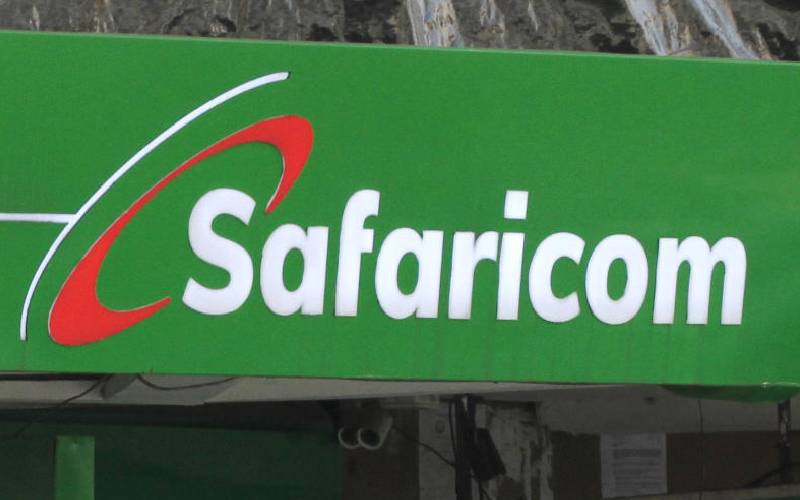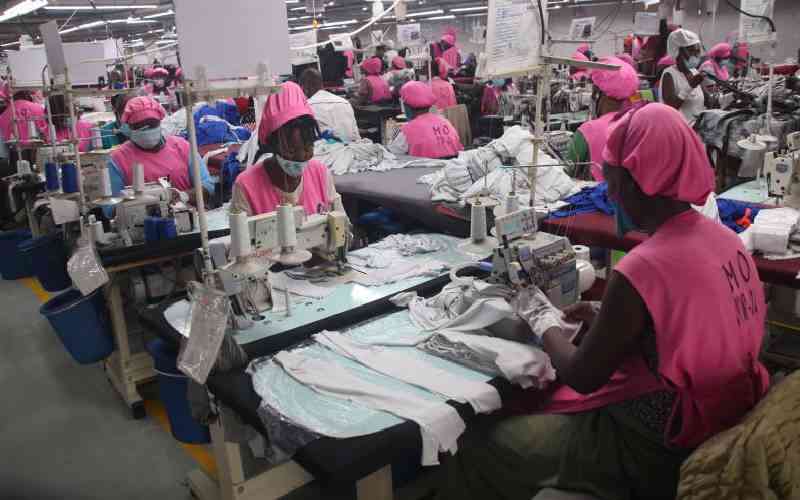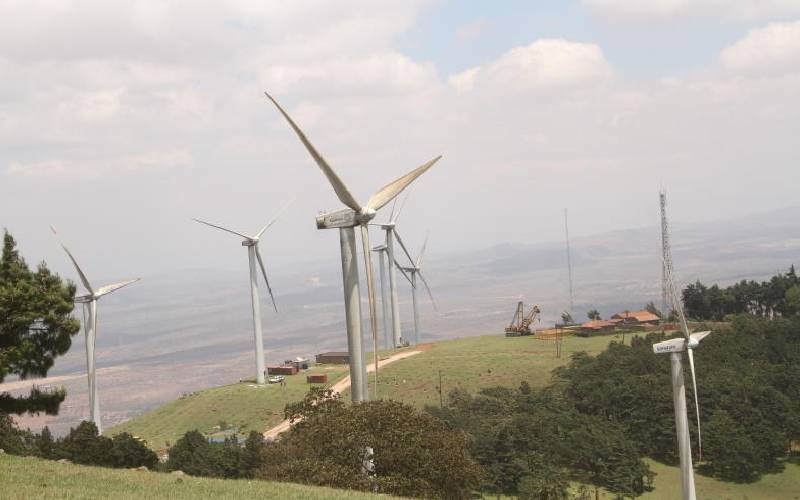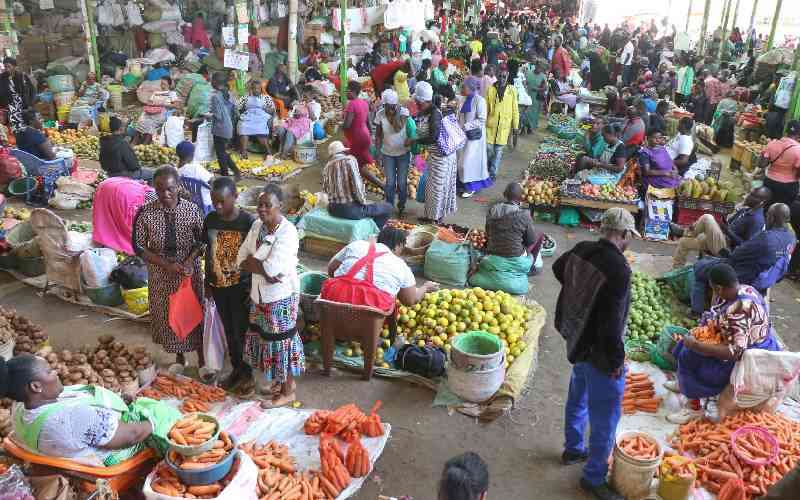×
The Standard e-Paper
Fearless, Trusted News
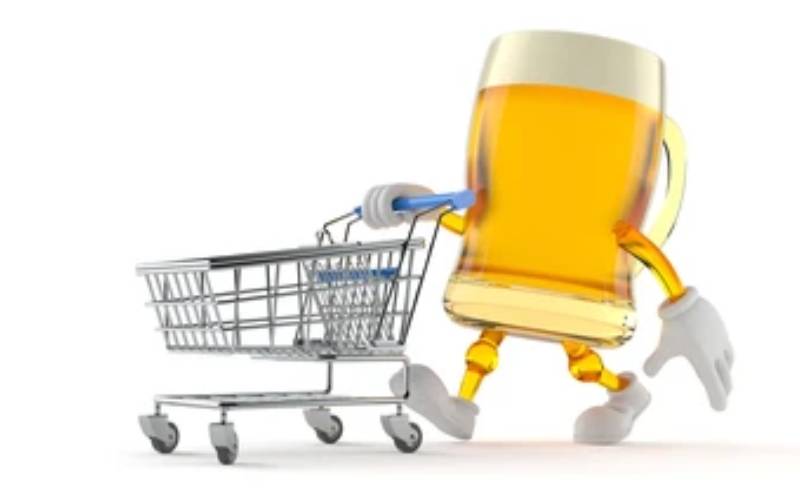
Data shows Nairobi’s middle-class has been putting a lot of their money into beer than many other basic consumer products. [Courtesy]
“Nimelipwa Tuesday nimesave kidogo/ Pesa ingine nimetumia mukoro/ Pesa kiasi nimenunua stockoo/ Ile imebaki ni ya pombe na watoto.”
